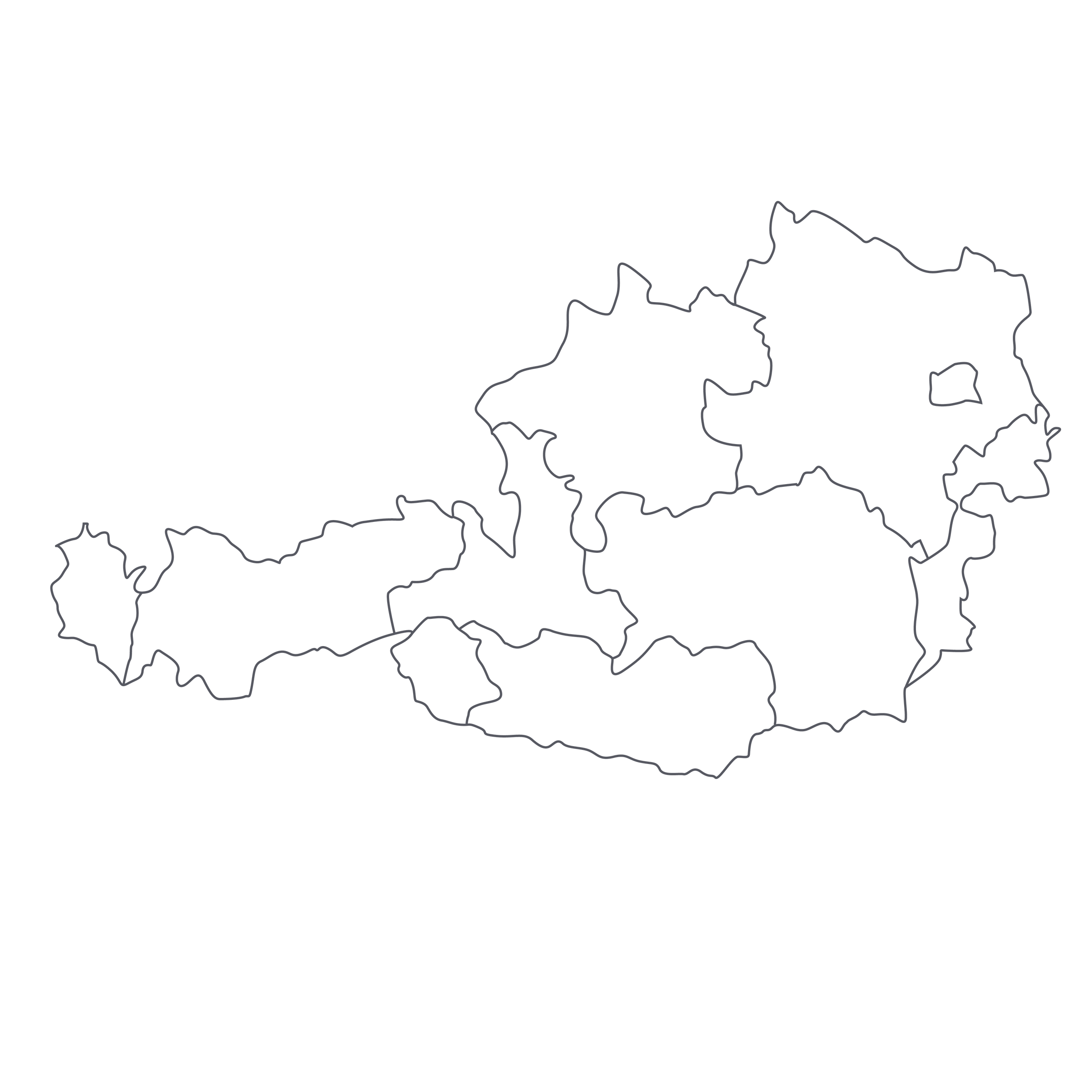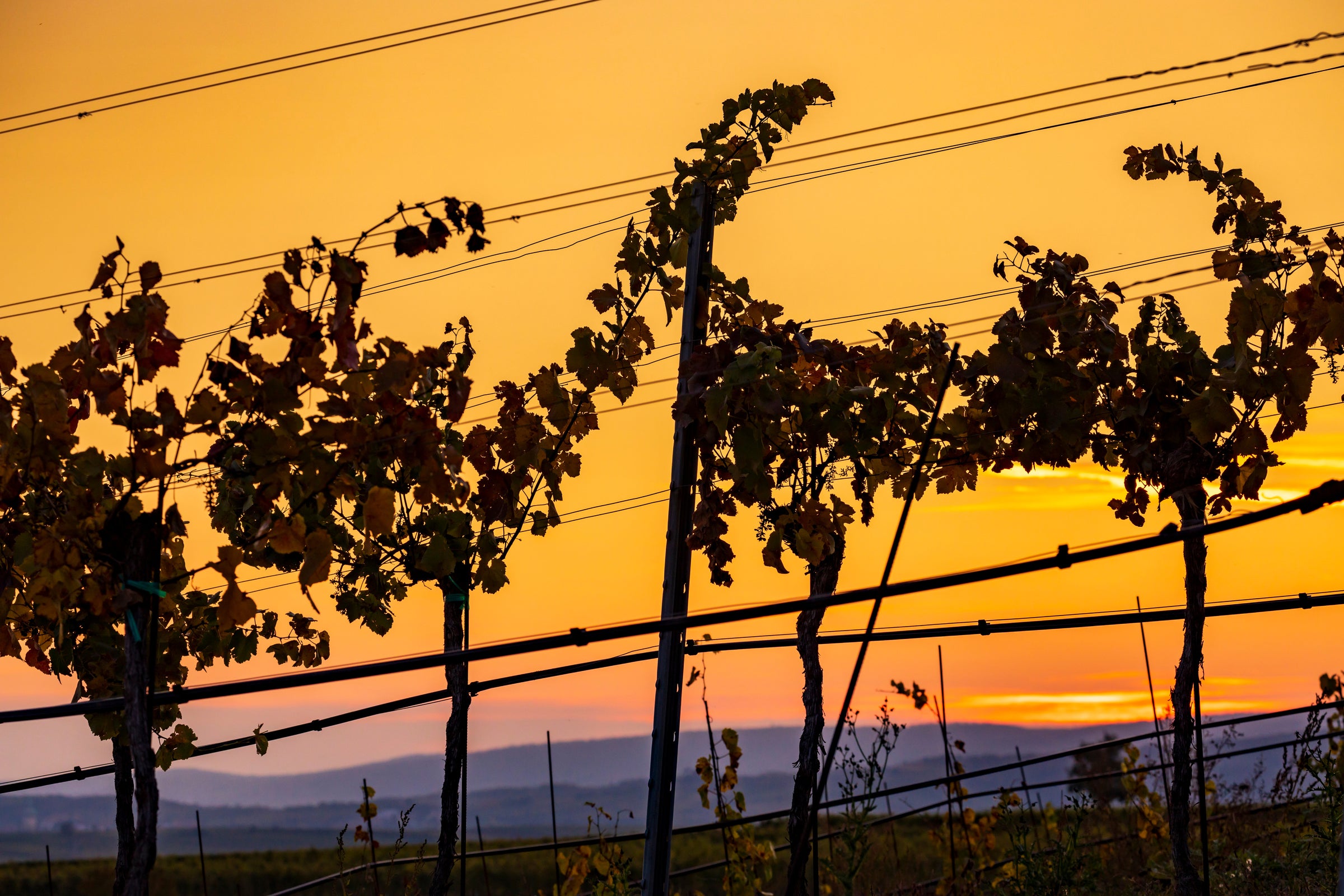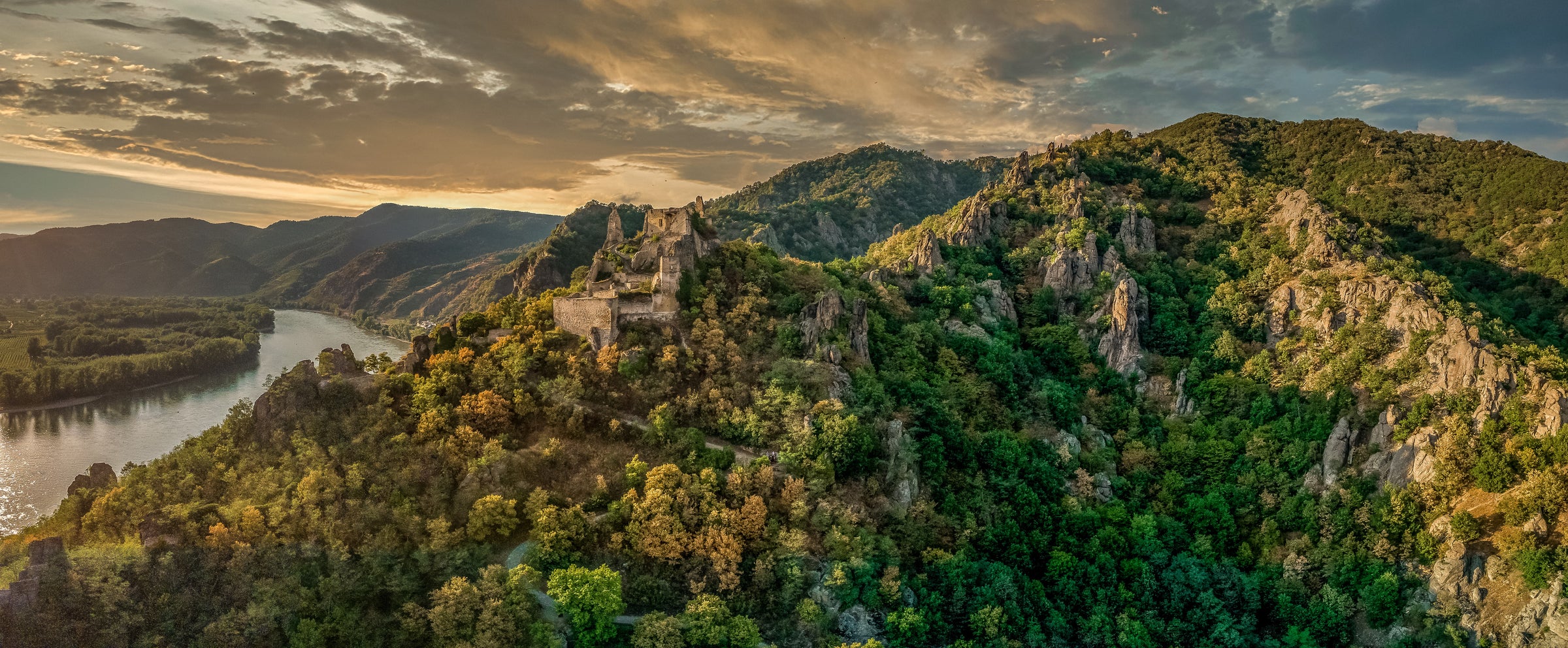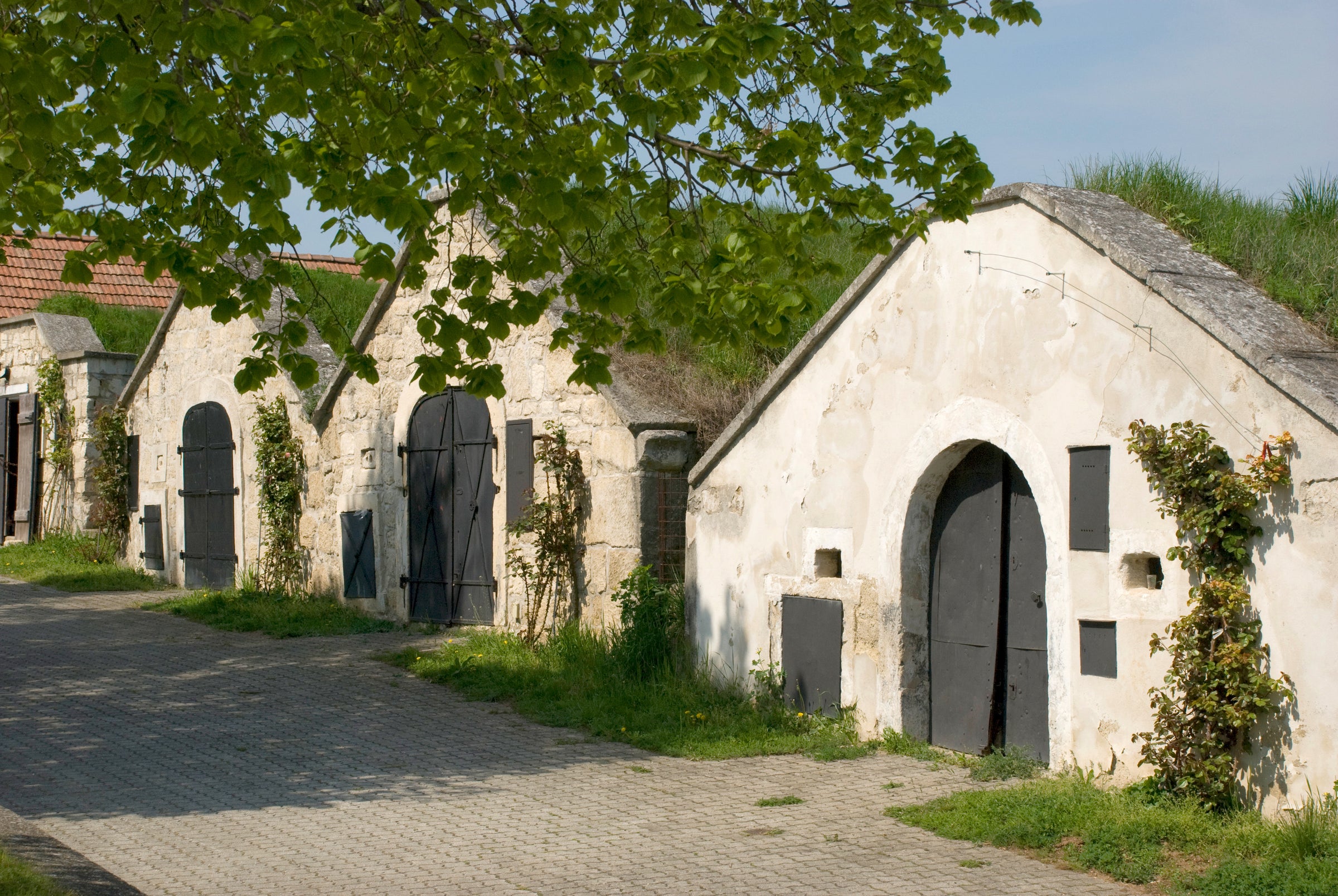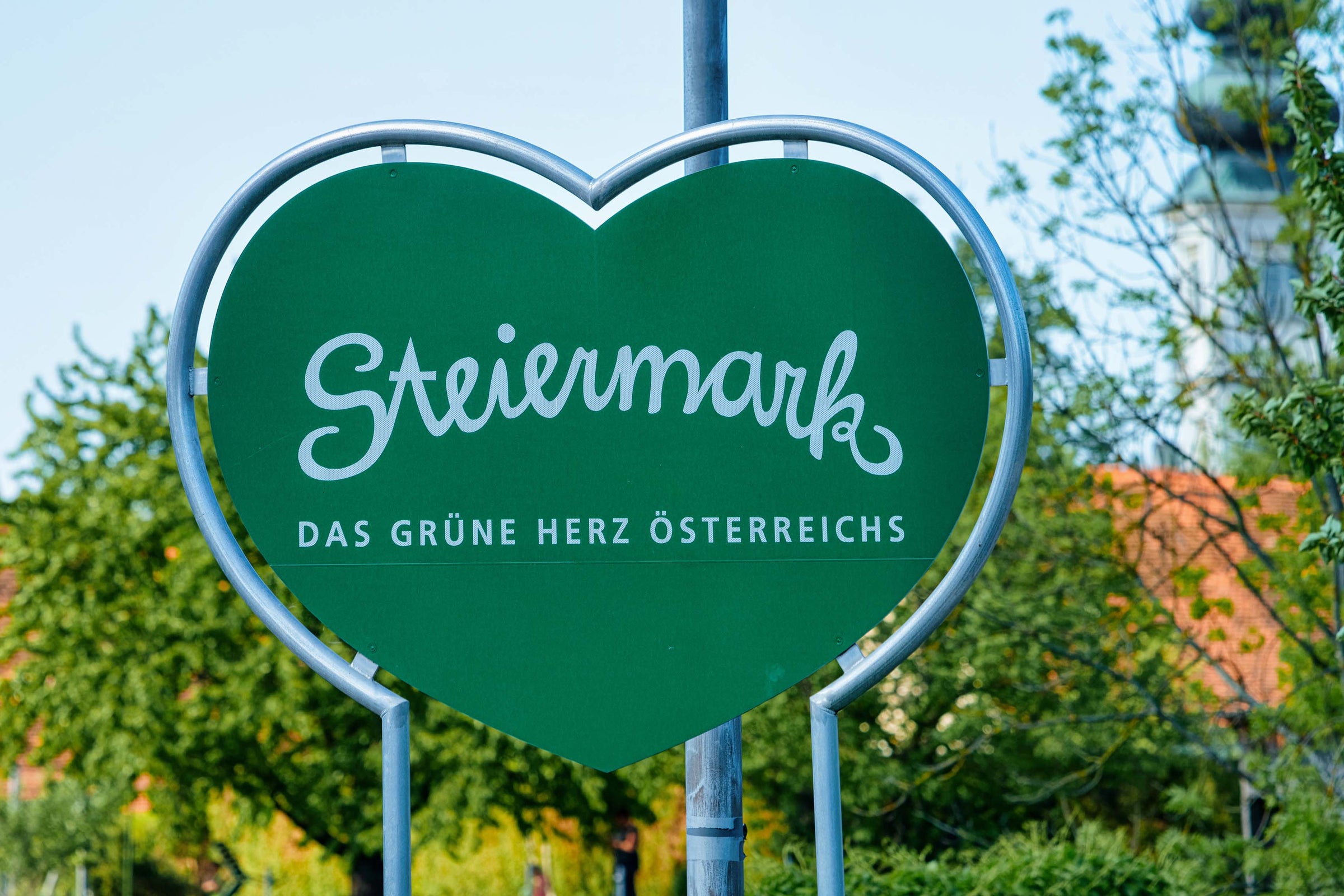When a close friend of mine recently blinded me on today’s glorious red, my mind was made up within moments of smelling it. I knew what this was: Chambolle-Musigny. And if by some miracle it wasn’t, then it had to be Premier Cru Volnay, the “Chambolle of Côte de Beaune.” Because each aroma was loaded with breathtaking charm, purity, and beguiling perfume, I was already in the process of narrowing down the mystery list to a few superstar vignerons before tasting it. And, right as I finally did, I looked up to see my friend proudly presenting the bottle. What followed was one of the most eye-opening, category-shattering revelations of the year.
The wine in question wasn’t from Burgundy. It wasn’t Pinot Noir. Heck, it wasn’t even French. It was today’s old-vine Zweigelt, from Christoph Edelbauer, in the ancient winegrowing locale of Langenlois, Austria. In retrospect, this shouldn’t have come as a surprise. After all, I’ve enjoyed multiple older vintages of the same wine, but today’s earth-shattering 2018 is the complete package. These are some of the hottest wines in Austria for a reason, so if you’re in need of a rare, one-stop opportunity to dramatically increase the “wow” factor of your home cellar, let this $45 stunner be it. Aside from being an extraordinarily limited wine, it’s among the most complex, elegant, downright “expensive-tasting” Austrian reds I’ve encountered. The sense of detail and class here is undeniable; a north star that collectors would be wise to follow.
As a SommSelect subscriber, you are likely well-familiar with the Grüners and Rieslings from Austrian superstar Christoph Edelbauer. But, let me be clear that this is only the second time SommSelect has acquired a red wine from Christoph. Because, while Christoph’s aforementioned whites are certified wine list and social media candy on both sides of the Atlantic, his two reds (a superlative Pinot Noir and today’s breathtaking 100% Zweigelt) are produced in such limited quantity and vacuumed up so voraciously upon release in Europe, that SommSelect rarely has access to a single bottle.
When tasting through Edelbauer’s current vintage, one quickly gets the sense that something extremely special is occurring in this small cellar. It doesn’t hurt that these bottle designs are among Austria’s most eye-catching, or that Edelbauer is one of the more eloquent and telegenic winegrowers to command attention on social media. But, take my word that Christoph’s success isn’t a figment of marketing—it’s the product of Grand Cru-equivalent terroir and a lasting reputation for astonishingly complex and undeniably world-class wine!
Be it breathtakingly deep sparkling wines, soulful Pinot Noir, or perfectly chiseled dry Riesling and Grüner, it seems as if everything Christoph touches turns to gold. Visit Christoph’s winery in Langenlois and you’ll behold Dwell Magazine-worthy architecture, awe-inspiring beauty of the surrounding landscape, and the concise but no-less-magnificent collection of parcels in many of Langenlois’ (the geographic heart of Austria’s Kamptal region) grandest crus. But, more than anything, I suspect you will appreciate that his world-class wines are the result of an obsession with small scale, minute details, and artisan craftsmanship. Every decision at this property is made with thought, intention, and creativity. The Certified Organic operation produces its own organic compost, work is done entirely by hand, and all activity in the vineyard and cellar is optimized for quality and pure expression of terroir—not growth or maximum profit. Success is almost a given when one is bottling wines that taste this exceptional, but the overriding sense of any visit to Weingut Christoph Edelbauer is that it is an environment dedicated not to commerce, but genuine artistry and craftsmanship.
The plump, dark Zweigelt grapes that create today’s stunning wine originate from decades-old vines rooted in the sandy, red-clay soils of the Hasel vineyard. After hand harvesting into baskets, fermentation proceeds in open tanks. The juice ferments on skins for 1.5 months with intermittent punch-downs. Finally, the wine is aged in 500-liter French and Austrian oak barrels for one year before bottling. Today’s parcel then enjoyed an additional year of rest before exiting Edelbauer’s cellar.
So, about my Chambolle and Volnay comparisons. After allowing this wine to aerate in my glass with a few vigorous swirls, sublimely elegant perfumes wafted out and immediately reminded me of Frédéric Magnien’s clay- and neutral-oak-aged Chambolle-Musignys and François Gaunoux’ unoaked Volnays, both of which are deeply genuine representations of Burgundian Pinot Noir. By extension, it’s clear to me that Christoph Edelbauer is bottling some of the most honest, expressive, and soulful Zweigelt Austria has ever seen. The wine erupts with ripe black cherry, brambleberries, Damson plum, red tea, underbrush, red licorice, exotic spice, and wisps of smoke before giving way to fired clay and very fine crushed rock. The supple, medium-bodied palate is firm with vivid layers of dark berry fruit that are energized by pulsing minerality. It’s a wine that I selfishly kept by my side over the course of two days, as it seemed to keep evolving in fascinating fashion every few hours. I have no doubt this will stun through 2025, and wouldn’t be at all surprised if a wild savory component emerged by its 10th birthday. Enjoy!


